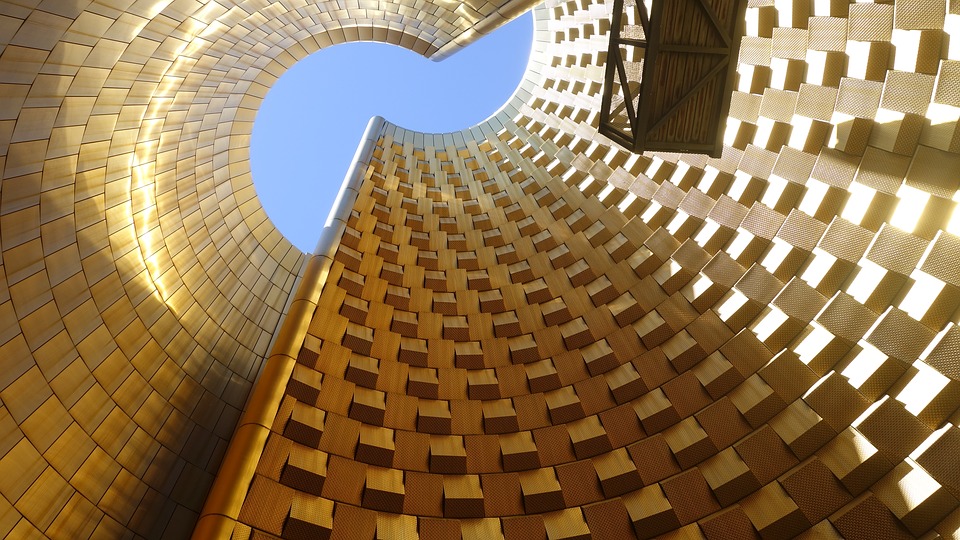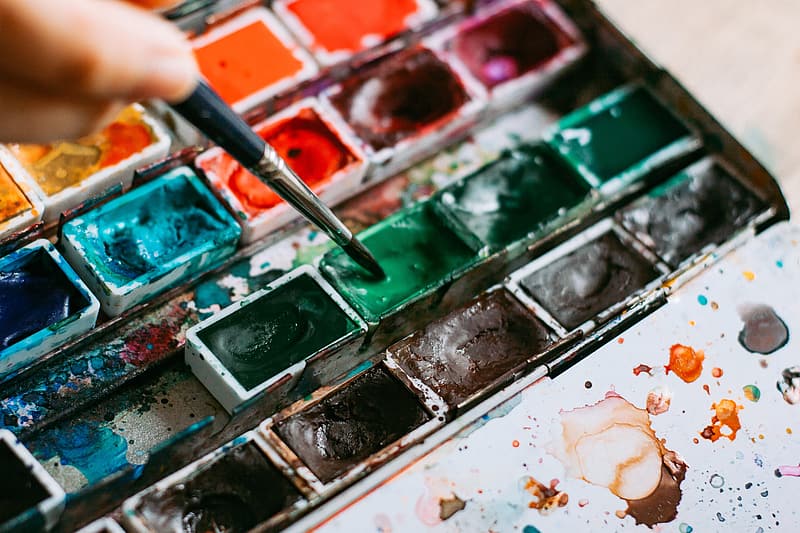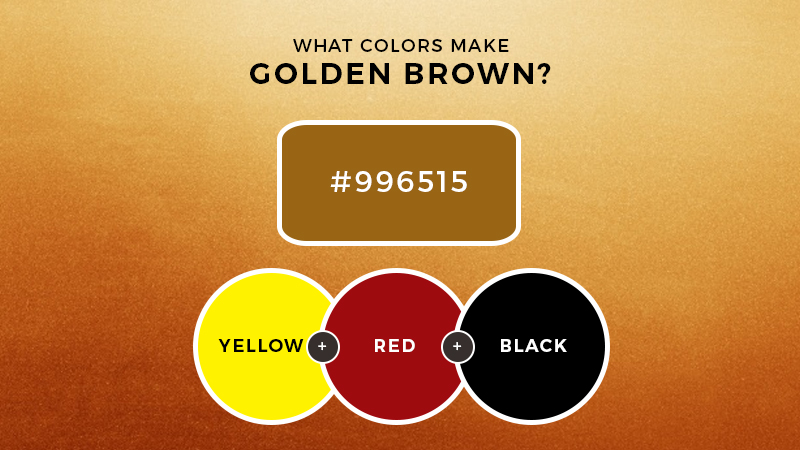What Colors Mix to Make Golden Brown?
Are you curious about what colors are mixed together to make golden brown? Stick around as we share the answer…
To the untrained eye, shades and tints and tones, and variations are all the same as their parent hues. While colors from one family are bound to have similarities, every color has distinctions that make it unique.
Take rosewood and claret, for example. Both are varieties of red with deep, dark characteristics. Moreover, they have purplish properties, making them difficult to distinguish for those who are not color enthusiasts.
However, artists and designers know that claret has bluish-green and more red characteristics, while rosewood has deeper red and significantly less blue and green properties. The same principle applies to different types of browns such as golden brown.
One of the best ways to understand how different versions of a hue are distinguishable from one another is to learn what colors make them up.
Whether you are an artist who wants to refresh your knowledge on color combination or you are a beginner who wants to learn more about mixing hues, then this is a good place to start.
Before we talk about the colors that make this particular hue, it is important to have a brief discussion of basic color mixing. Keep on reading to learn more…
The Basics of Color Mixing
To review this fundamental part of working with colors, you first need to look back on your primary school art education. You probably remember your teacher showing you a wheel full of different colors. This is called the color wheel.
It’s composed of primaries (red, blue, yellow), secondaries (green, orange, and violet), and tertiaries (a combination of one primary and one secondary).
Now, within the color wheel, colors are placed next to those that are in the same family. Those that sit next to one another in a wheel are called analogous colors.
Meanwhile, those that are located opposite each other are called complementaries.
You might notice that browns are not present in the wheel. Well, worry not because you can easily mix the three primary colors in order to create this hue.
Or, you can simply take two complementaries, mix them up and you will get a version of brown.
Knowing this, we can proceed to another fundamental aspect of colors that is essential in reproducing golden brown…
Tints, Shades, and Tones
These three are often interchanged as they are mistakenly taken to mean the same thing. However, it is important to know that a tint is actually a version of a hue that is mixed with white.
Meanwhile, a tone results when you blend white, black, and a hue, and a shade is the outcome when you infuse a pure color with black.
Now that you know the fundamentals, you are ready to see what colors make golden brown. Read on.
What Colors Make Golden Brown
What makes golden brown distinctive is its gold-like quality while maintaining a rich brown property.
Because of this, the first thing you might think about doing is mixing brown and gold. However, did you know that the best way to get golden brown is by mixing yellow, red, and black?
That’s right, golden brown is technically a shade of orange.
This is why it has a warm character to it. Adding black tones down the bright and brilliant properties of the color gives it a muddy yet rich attribute.
Golden Brown in Art and Design
This hue is closely related to Gamboge orange, porcupine, bistre brown, bronze, and Windsor tan. When you look at its complementary colors, you will see that it is immediately related to green-cyan, medium red-violet, lime green, durian white, and dark sea green.

You can use this knowledge to make golden brown pops in your art and design. By placing it expertly alongside its complementaries, it is bound to highlight this goldish-brownish hue.
In works of art, this color can give a rich character to any painting that requires brown. It can be used as a highlight when using all browns, especially if you are painting subjects that require much of this color family.
It is also useful in portraiture and landscape. If you are a makeup artist, experimenting with this hue can give you a sophisticated look.
To play around in your palette with this hue, you can try throwing white and black into the mix. This way, you can expand your horizon using what you learned in this simple guide.
The Bottomline
Having an understanding of the colors you are using is a great advantage, especially if you are an artist or a designer. With this knowledge, you can create richer work with more dynamic use of colors. So, make sure to try out this combination and see how you can use golden brown in your work.
I hope you enjoyed our explanation of what colors make golden brown. Cheers!
Read Latest Posts

Hi, I'm Anthony Tran! Welcome to my site. I live in Arizona and am obsessed with all things related to building an Online Business and working from home. Learn about my journey here.
Follow Online




